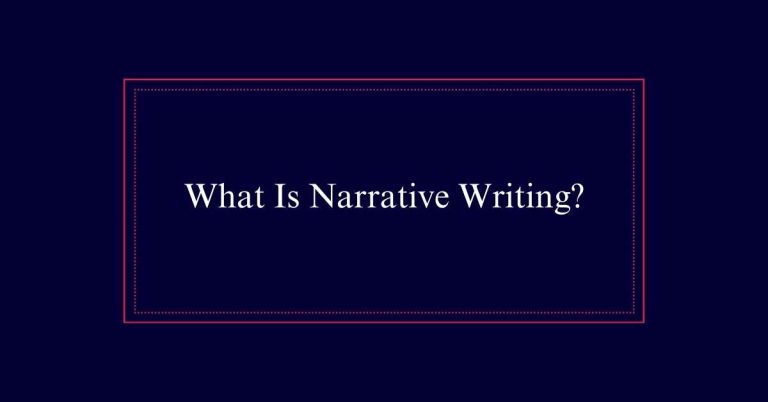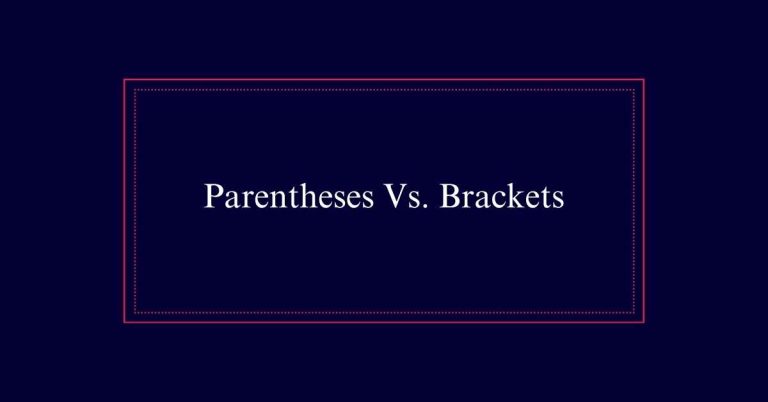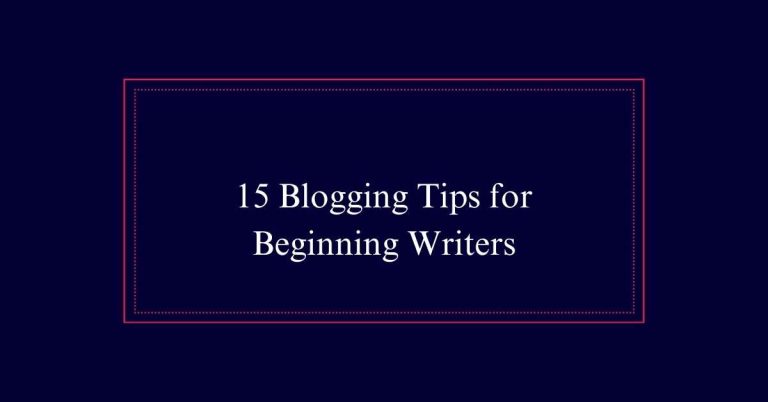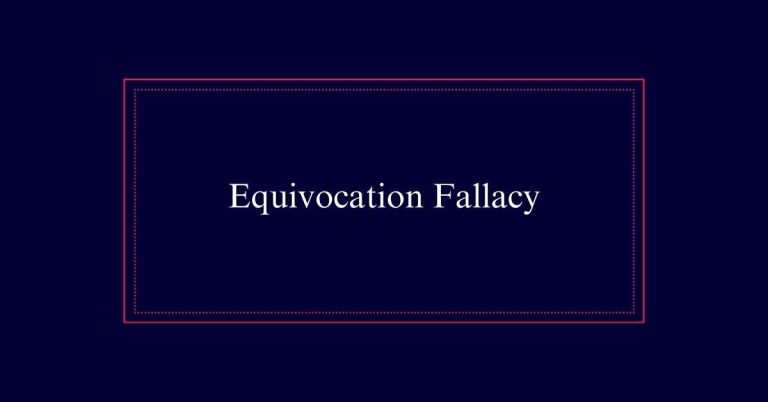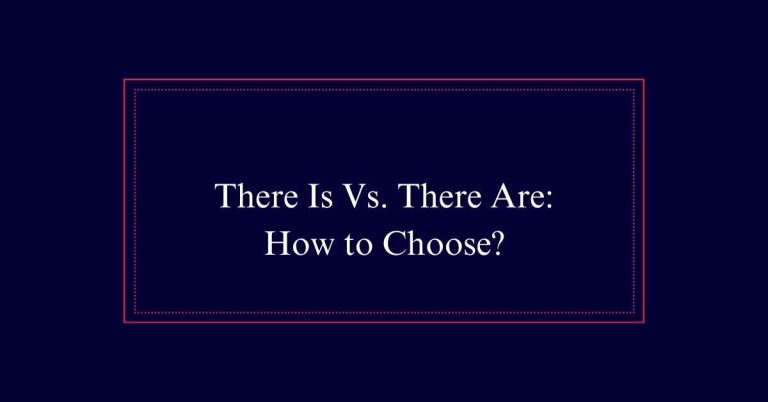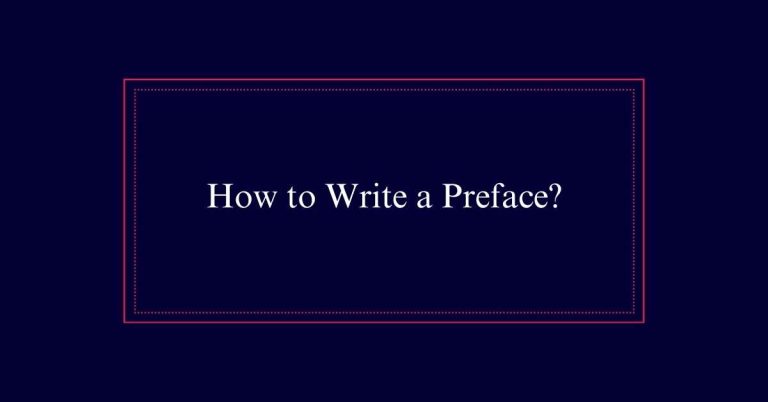Notwithstanding Definition
“Notwithstanding” is a multifaceted word used as a preposition, adverb, and conjunction. It indicates contrast or introduces a statement that stands despite any influencing factor. For example, “notwithstanding his fear, he proceeded with courage.”
In formal writing, it adds clarity, precision, and a sophisticated tone. As a preposition, it emphasizes action in spite of hindrances. As an adverb, it modifies clauses to show concession. As a conjunction, it connects phrases to highlight resilience or unexpected outcomes.
Meaning of Notwithstanding
Notwithstanding, a versatile term in the English language, means ‘despite.’ It serves multiple grammatical functions, enhancing its utility and flexibility.
As an adverb, it can introduce a clause, indicating that the information following it contrasts with previous statements. For example, ‘The weather was cold; notwithstanding, we went hiking.’
It also works as a conjunction, linking sentences or clauses to express contrast. Writers often use notwithstanding to add nuance and depth to their work.
Understanding its meaning helps in constructing clear, concise sentences. Proficiency in this term can greatly enhance communication skills, making expressions more precise and impactful.
Therefore, notwithstanding’s definition and usage are crucial for effective writing and speaking.
Notwithstanding as a Preposition
Using notwithstanding as a preposition, it functions to indicate that something happens despite a particular factor.
For example, ‘Notwithstanding the rain, the event continued as planned.’ This usage shows that the event proceeded despite the adverse weather conditions.
The word helps to introduce a contrast or exception to the main idea, emphasizing resilience or determination against obstacles.
It is often utilized in formal writing, such as legal documents or academic texts, to create a sophisticated tone.
In everyday language, it can add clarity and precision by succinctly expressing the idea of overcoming a challenge or ignoring a potential hindrance.
This formality enhances the sentence’s impact, making the contradiction or exception stand out.
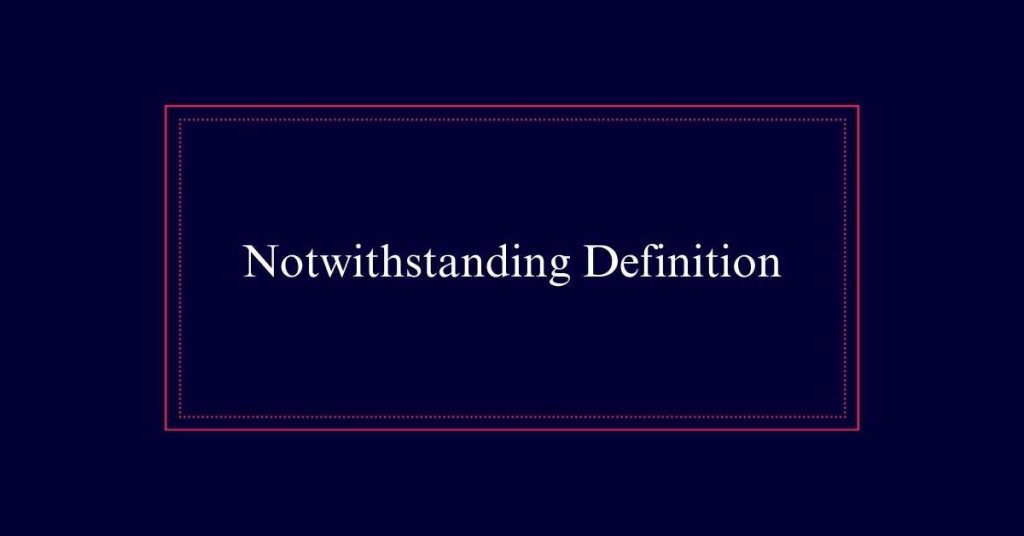
Placement After Its Object
In addition to its role as a preposition, notwithstanding can also be placed after its object for stylistic emphasis. This placement can enhance the impact of a statement, drawing attention to the contrast or contradiction highlighted.
For example, ‘The project was completed successfully, challenges notwithstanding,’ uses this structure to emphasize the triumph over difficulties.
This usage can evoke a stronger emotional response by:
- Highlighting resilience in the face of adversity
- Underscoring achievements despite obstacles
- Amplifying the significance of overcoming challenges
Notwithstanding as an Adverb
When used as an adverb, notwithstanding modifies a verb or entire clause to indicate concession or contrast. It often suggests that something happens despite a particular condition or obstacle.
For example, ‘He finished the marathon, notwithstanding his injury,’ implies that the injury did not prevent him from completing the race. Here, notwithstanding highlights the resilience or determination of the subject. It serves to underscore that the primary action occurred even in the face of challenging circumstances.
This usage can add nuance and depth to both formal and informal writing. Understanding how to employ notwithstanding as an adverb can enhance clarity and precision in communication.
Notwithstanding as a Conjunction
Notwithstanding functions as a conjunction to connect clauses, indicating that one clause occurs in spite of the other. This usage highlights contrast or contradiction between ideas. For example, ‘Notwithstanding the rain, the event continued as planned.’ Here, the continuation of the event contrasts with the expectation set by the rain.
Understanding this conjunction can evoke emotions such as:
- Resilience: It shows determination against obstacles.
- Surprise: It often introduces unexpected outcomes.
- Hope: It reflects optimism despite challenges.
Common Legal Expressions
Legal documents often use the term ‘notwithstanding’ to clarify that certain clauses override any conflicting information. This term is vital in guaranteeing legal clarity and avoiding ambiguity. For instance, the phrase ‘notwithstanding anything to the contrary’ explicitly states that a specific clause takes precedence over other provisions.
| Common Legal Expressions | Explanation |
|---|---|
| Notwithstanding the foregoing | In spite of previous mentions |
| Notwithstanding anything herein | Overrides any other statements in the document |
| Notwithstanding any other provision | Supersedes any conflicting clause |
| Notwithstanding any law | Takes precedence over existing laws |
Such expressions establish clear, hierarchical relationships between clauses. This ensures that the intended legal outcome is achieved, even if other parts of the document seem contradictory.
Notwithstanding in Legal Language
In legal language, the term ‘notwithstanding’ is essential for establishing the primacy of certain clauses over potentially conflicting provisions. This term provides clarity by indicating that a specific clause will prevail regardless of other statements in the contract or document. Using ‘notwithstanding’ helps to avoid ambiguity and legal disputes.
- Ensures clarity: It eliminates confusion in complex legal documents.
- Prevents conflict: It resolves potential contradictions within contracts.
- Provides certainty: It gives parties confidence in the enforceability of key provisions.
Quotes From Literature
Quotes from literature offer compelling examples of how the term ‘notwithstanding’ can enhance narrative depth and clarity. W. Somerset Maugham, in ‘The Painted Veil,’ uses ‘notwithstanding’ to highlight contrasts in characters’ emotions and actions.
Similarly, Charles Dickens employs the term in ‘Nicholas Nickleby’ to intensify narrative conflicts and resolutions. These instances demonstrate how ‘notwithstanding’ can add layers of meaning, allowing readers to grasp the subtleties of the plot and character development.
Use in Classic Novels
Classic novels often employ the term ‘notwithstanding’ to enhance the complexity and depth of their narratives. This term adds a layer of sophistication, allowing authors to juxtapose contrasting ideas seamlessly.
For example, Charles Dickens in ‘Nicholas Nickleby’ uses ‘notwithstanding’ to highlight character resilience against societal challenges. Similarly, W. Somerset Maugham’s ‘The Painted Veil’ employs the term to emphasize personal struggle amid external pressures.
- Resilience against adversity: Characters often face immense challenges yet persevere.
- Emotional depth: The term underscores internal conflicts and growth.
- Timeless relevance: ‘Notwithstanding’ bridges historical and contemporary themes.
These uses not only enrich the narrative but also evoke a deeper emotional response from readers, making classic novels enduring masterpieces.
Everyday Language Benefits
Understanding the use of ‘notwithstanding’ in everyday language can greatly enhance one’s writing and communication skills. This versatile word, meaning ‘despite’, provides clarity and impact. It allows for more precise articulation, enabling writers to convey contrast and exception effectively. For instance, using ‘notwithstanding’ can make legal documents clearer or literary works more profound.
| Emotion | Example |
|---|---|
| Surprise | “Notwithstanding his age, he ran the marathon.” |
| Admiration | “Her dedication was remarkable, notwithstanding the challenges.” |
| Resilience | “Notwithstanding the setbacks, she persisted.” |
Mastering this term elevates communication, making statements more compelling. It bridges complex ideas with simplicity, offering readers a smoother, more engaging experience.
Frequently Asked Questions
How Is ‘Notwithstanding’ Different From ‘Despite’?
Notwithstanding and despite are similar but differ in usage. “Notwithstanding” acts as a preposition, adverb, or conjunction, and can follow its object. “Despite” is solely a preposition and always precedes its object.
Can ‘Notwithstanding’ Be Used in Informal Speech?
Yes, ‘notwithstanding’ can be used in informal speech. However, it is less common than simpler alternatives like ‘despite’ or ‘in spite of.’ Its usage may add a formal tone, enhancing clarity and precision in certain contexts.
What Are Some Synonyms for ‘Notwithstanding’?
Synonyms for ‘notwithstanding’ include ‘despite,’ ‘in spite of,’ ‘regardless of,’ ‘even though,’ and ‘although.’ These alternatives convey similar meanings and can be used interchangeably to maintain clarity and precision in communication.
Is ‘Notwithstanding’ Used Differently in British and American English?
The usage of “notwithstanding” remains consistent in both British and American English. It functions similarly as a preposition, adverb, and conjunction in both dialects, with no significant differences in meaning or application.
Are There Any Common Mistakes When Using ‘Notwithstanding’?
Common mistakes when using ‘notwithstanding’ include placing it incorrectly in a sentence, using it redundantly with ‘despite,’ and misunderstanding its function as a conjunction or preposition. Proper placement and usage guarantee clarity and precision.

